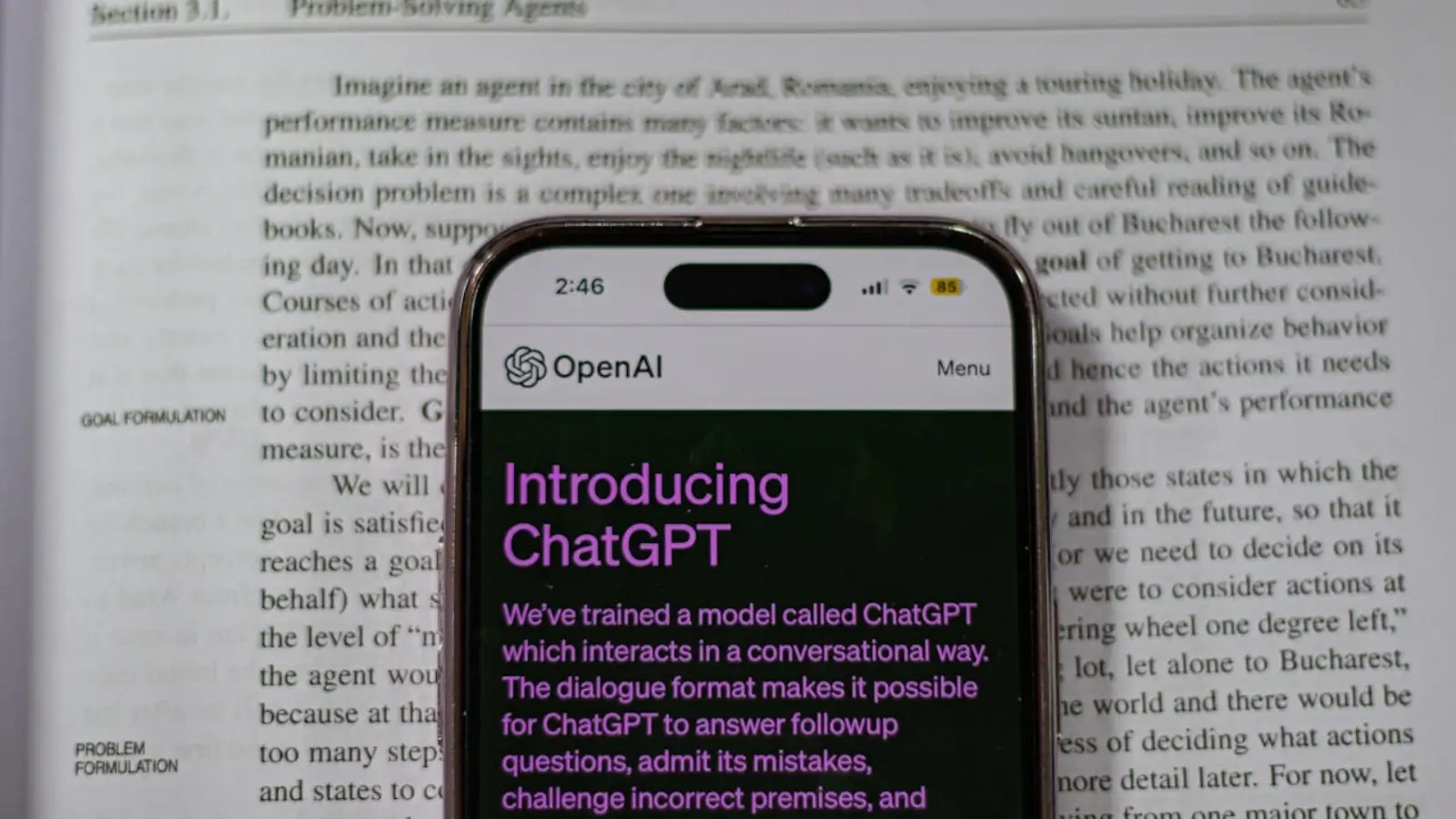


AI content marketing has been something of a revolution for the industry. It’s now easier than ever to churn out high-quality writing, some of which is actually original.
The downside, of course, is that people in general are starting to get wise to it. For whatever reason, many audiences just don’t like the fact that brands are putting out AI-derived articles, videos, reels, and social media posts. Often, they feel like they could have just done it themselves.
That’s where this post is so helpful. We look at some of the ways you can turn AI into something that sounds less robotic and more human. With the right approach, you can get all the productivity benefits without any of the usual downsides.
If your brand has a specific voice but then it suddenly changes, that’s a sign to audiences that something isn’t quite right. They’ll often begin by acting suspiciously toward you and then eventually realize you’re putting out AI content. When that happens, they’ll feel less affinity to you since you’re not putting in as much effort.
So, what can you do about this? Fortunately, you can get around it by training your AI on brand samples. If you can feed it your “voice,” then it can more accurately replicate how you sound. Of course, if your audience were to run it through an AI detector, it would still come up positive. But that’s highly unlikely, especially if it genuinely sounds like you.
If you have some success with this method, refine your prompting. Look for ways to improve how you get the AI to act, and then continue with that. Over time, you’ll get to know the approach you should take and what works best. Eventually, you should find that the AI is getting pretty close to what you’d actually say, and you only need to make a few minor edits and tweaks.
While AI marketing is a time-saver, it still, unfortunately, requires editing. The good news is that if you do start editing, you’ll notice that the quality of what you’re able to put out there goes up tremendously.
If you can trim buzzwords and get rid of them, that’s a good start. AI has a habit of adding in idioms and phrases more than professional human writers, and it can be a bit grating for audiences who’ve seen it all before.
Also, it helps if you can edit robotic descriptions based on the original prompts to sound more realistic. Sometimes, AI can be too literal, especially when you give it matter-of-fact source material to work with.
If you can, focus more on the emotions and benefits that people want to experience when they take the time to consume your marketing content. You want them to feel confident that they’ve made the right choice by going to you. Also, you can break up long sentences to give readers some breathing room, which AI sometimes fails to do.
Another pro tip is to add personal stories and anecdotes. If you can insert items that your audience wouldn’t attribute to AI, that can really help your case.
The best way to do this is to provide the bare bones of the story to the prompt. Once AI has this, it is usually pretty good at embellishing the details and turning it into something your prospects or customers find interesting.
What’s more, many people prefer stories to heavy marketing ads or blogs. They’re more natural, valuable, and often useful.
Therefore, always take your time to add extra story-based details to AI prompts. Make sure that the AI really understands what you want to communicate to your audience, and that you’d prefer if it was interesting.
If you can make it more personalized and detailed (perhaps even humorous) that can also help. People love these unique reading experiences that don't feel like AI slop.
Another option is to simply use an AI text humanizer. These are helpful in a variety of contexts and help your writing pass detectors.
The creators of these AI humanizers actually use AI. They’re trained more on human text and the outputs that can get around detection methods. Over time, they’ve become much more sophisticated, to the point where they’re able to rewrite entire sentences in context, just to make them sound more human.
The best part is that humanizers give text a human-like flow and quality, something that can be lacking when machines write. These introduce subtle imperfections that aren’t solely based on predicting the next word and getting every piece of syntax right. Humanizers aren’t always the best option for professional work, but they’re suitable for just about everything in marketing.
People start to get suspicious when all your sentences are the same length and you don’t include contractors. While AIs can do this, failing to do so makes the experience feel so much more robotic.
You can correct this by swapping out longer sentences for short ones and using contractions like “aren’t” and “don’t.” These make the writing feel more natural and less precise and machine-like, helping you build more rapport.
Lastly, if you’re using AI to generate a lot of your content marketing, be more specific in your prompts. Don’t just assume that the AI is going to get it right every time. It probably won’t.
Remember, AI defaults to corporate speak in most situations. As such, it tends to lack personality and doesn’t really sound how you want it to sound. The good news is that you can make it sound different by simply giving it a different prompt. Telling it to write how your brand would write something is the best option, since it can slot into that role and really make the most of it.
Remember, prompts should be fun. They need to reflect the joy and curiosity you want to engender in your audience.